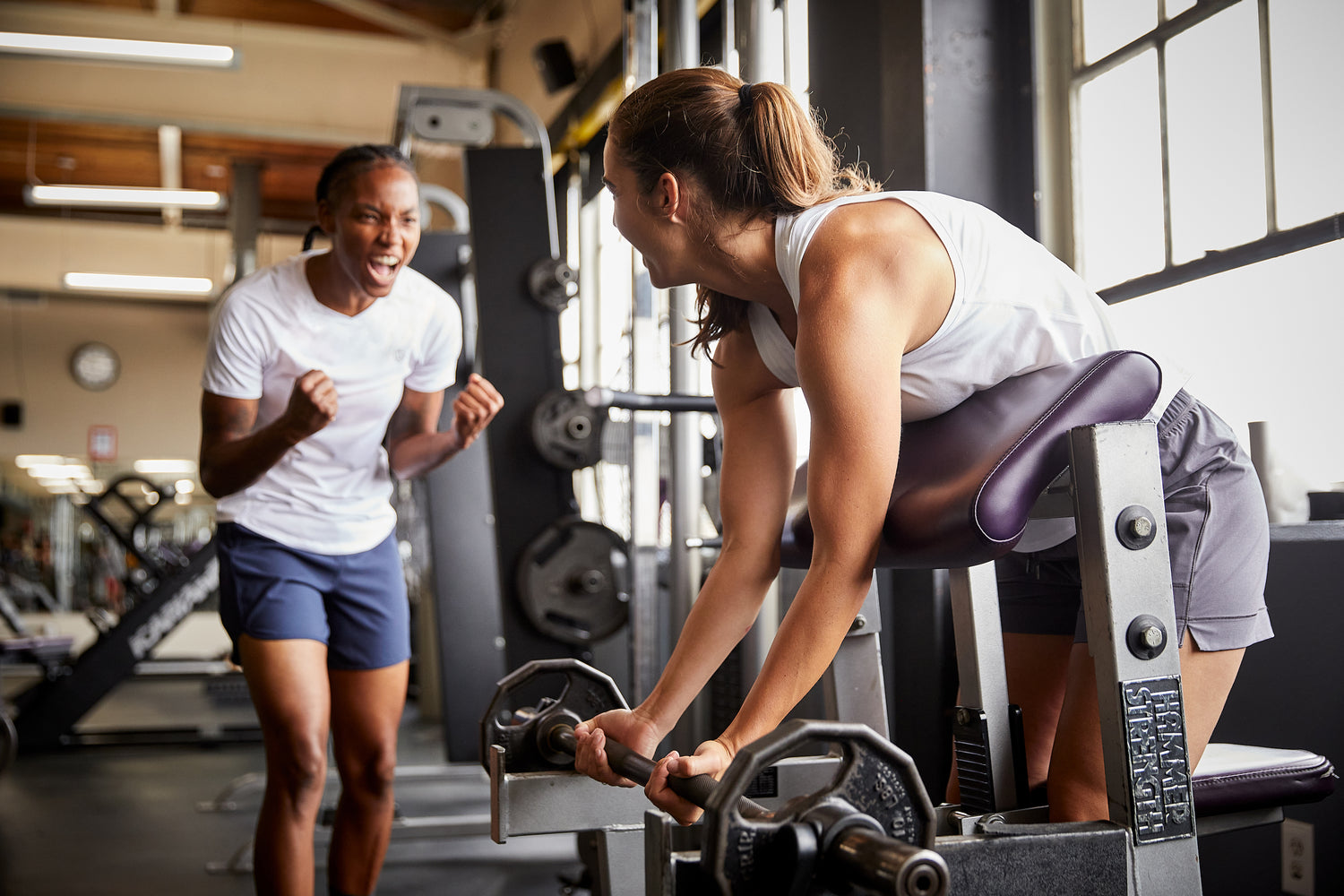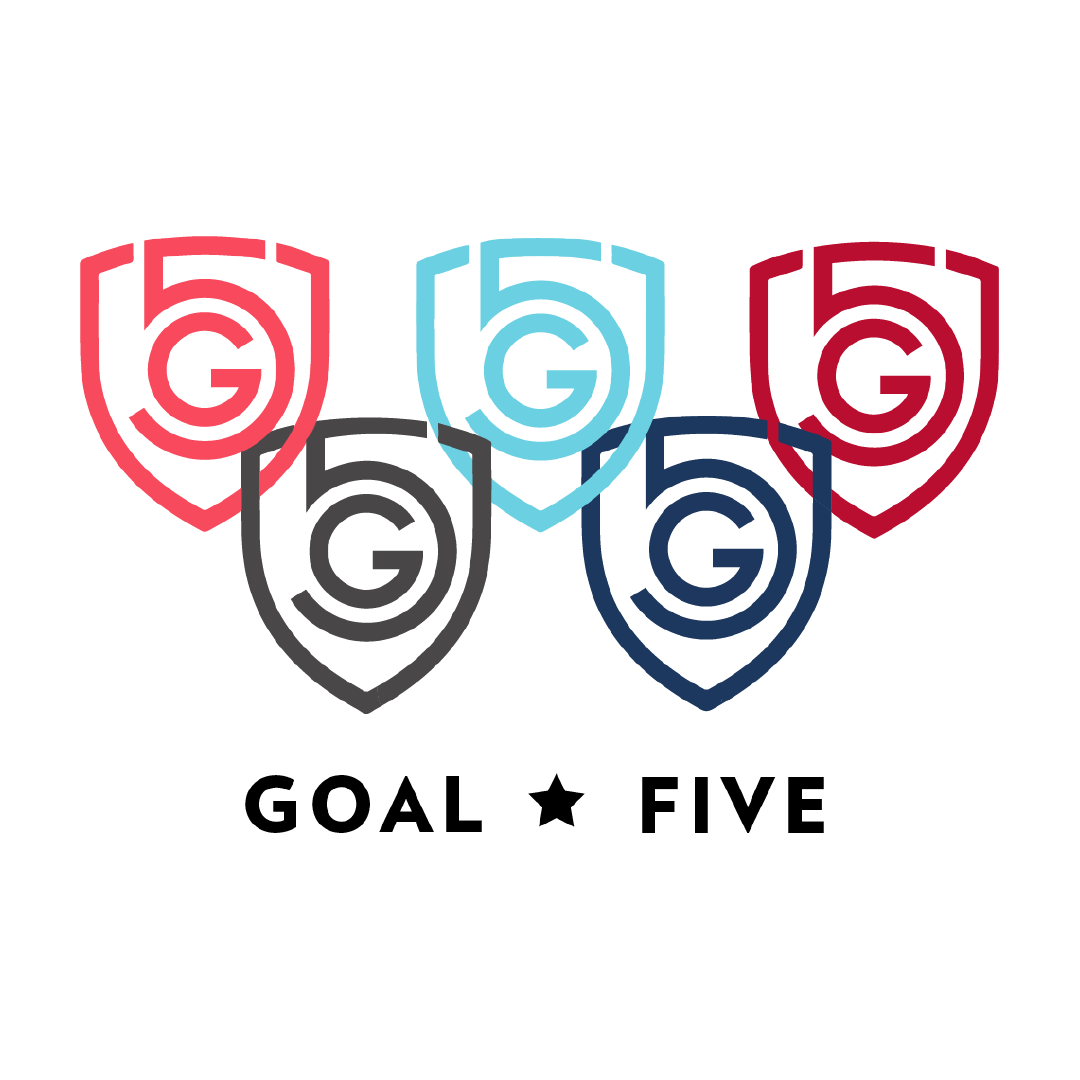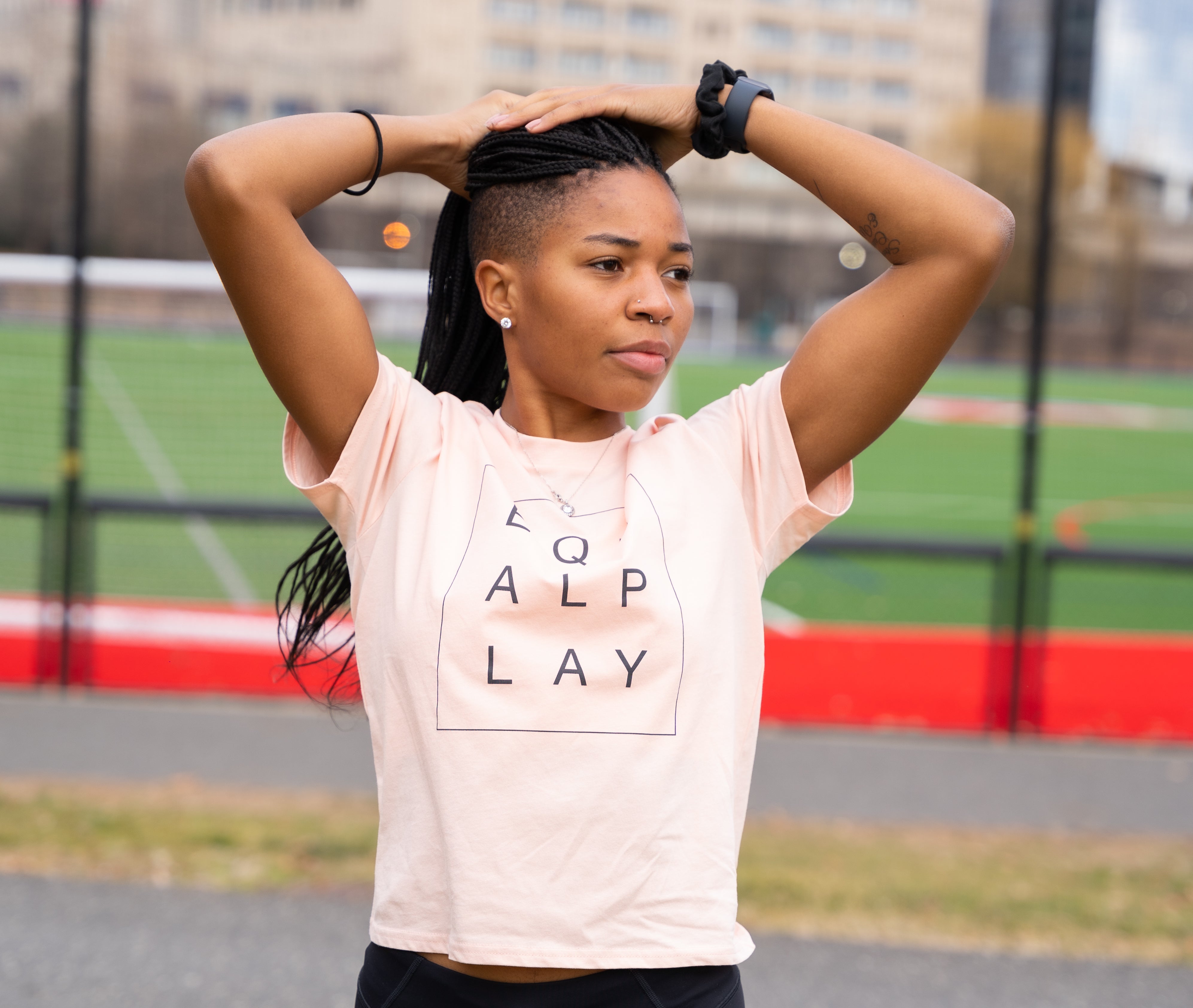How to Fix Gender Inequality in Sports
Women and girls deserve the same chances as men and boys to pursue sports as a hobby, passion, or career. Unfortunately, significant inequality persists in the sports industry from top to bottom.
And it’s not just gender-based. Women and girls have a multitude of barriers to overcome on the basis of pregnancy, LGBTQ+ identity, race, religion, and disability.
6 Types of Discrimination Women Athletes Face
Let’s look at some facts and examples of female discrimination in sports to understand the challenges that many women athletes face.
1. Gender Discrimination in Sports
The headline-dominating gender pay gap between the U.S. men’s and women’s soccer teams brought attention to the overall gender pay gap in sports. The USWNT case is not an exception, but rather part of a major trend in male and female athletes’ average pay across sports.
|
Sport |
Men |
Women |
|
Basketball (NBA & WNBA) |
$8,321,937 |
$75,181 |
|
Golf (PGA & LPGA) |
$1,235,495 |
$48,993 |
|
Soccer (MLS & NWSL) |
$410,730 |
$35,000 |
|
Softball/Baseball (MLB & NPF) |
$4,031,549 |
$6,000 |
|
Tennis (ATP & WTA) |
$335,946 |
$283,635 |
Sources: CareerTrend (NPF); ESPN (PGA & LPGA); Global Sports Salaries (MLB, MLS, NBA, WNBA); NWSLSoccer.com (NWSL); Tennis.com (ATP; WTA)
Almost 87% of men in sports understand their role in creating gender equality, but 29.4% of men in sports think gender equality initiatives will put them at a disadvantage.
There’s a shocking gender gap in sports media coverage as well. Despite comprising about 40% of athletes, female athletes only get 4% of sports media coverage. When the media does portray women’s sports, it’s far more likely to sexualize female athletes than male athletes. Sadly, media staff aren’t as likely to recognize this disparity compared to viewers.
Gender discrimination in sports doesn’t stop there. Even young women and girls are subject to unequal treatment. For example, there are 1.3 million fewer high school athletics opportunities for girls than boys. Young women recieve just 44% of the total opportunities to participate in college sports at NCAA schools, and women’s sports also receive less funding.
By age 14, girls are almost twice as likely as boys to drop out of sports and miss out on the massive health benefits, communication and relationship skills, and improved self-image that comes with participating.
2. Pregnancy Discrimination
Three Olympians, Allyson Felix, Alysia Montaño, and Kara Goucher, have raised the alarm about the struggles sponsors and sports organizations sometimes impose on pregnant athletes.
These women disprove the stigma that pregnancy and childbirth are career-ending. Fortunately, more companies and organizations are providing maternity policies, including pay and benefits, to help fight gender discrimination examples in sports.
3. LGBTQ+ Discrimination
LGBTQ+ athletes deal with their own type of adversity. Many members of this minority group have experienced verbal and physical abuse, harassment, and denial of sports opportunities. A study found that 70% of male athletes and 37% of female athletes admitted to using homophobic slurs.
One prominent example of LGBT+ discrimination is the 2005 discrimination suit against a former Penn State women’s basketball coach who mistreated lesbian players and refused to include them.
4. Racial Discrimination
Female athletes of color make up 26% of female students in the US, but get less than 18% of athletic opportunities, due in part to many intersecting systemic inequities which still persist. Meanwhile, white female athletes who represent 68% of female students have 75% of women’s athletic opportunities. Racial discrimination also consistently rears its head in the form of harassment, hate speech, and threats against athletes.
5. Cultural and Religious Discrimination
In one case of religious discrimination, referees excluded a high school basketball player from playing in a regional final because of her hijab. Additionally, conflicting schedules with religious or cultural events and uniform related issues such as these can interfere with Jewish and Muslim girls' and women's' participation in sports.
6. Disability Discrimination
While there’s legislation mandating equal opportunities for athletes with disabilities, programs often simply leave athletes with disabilities out of the equation without a second thought.
Nonetheless, resilient athletes like Sara Becarevic continue to achieve greatness. Becarevic has defeated extensive discrimination in Bosnia to compete against able-bodied gymnasts, winning national and international medals.
History of Women Athletes' Fight for Equality
Here’s a brief highlight reel of some groundbreaking women in sports who fought for what they deserve. We should take cues from these figures to continue striving for equality in all levels of sport.
1967: Kathrine Switzer
When Kathrine Switzer disguised her first name and dodged an official’s interference to be the first woman to officially run in the Boston Marathon, the event had been men-only for seventy years. Four years later, women were permitted to join, and all eight women who ran in the marathon that year finished. By 2019, nearly 12,000 women finished the Boston Marathon.
1973: Peachy Kellmeyer and Elaine Gavigan
This class-action lawsuit out of Florida won women the right to college athletic scholarships under Title IX. Elaine Gavigan, women’s tennis coach and P.E. instructor at Broward Community College, and Peachy Kellmeyer, Marymount College’s Director of Physical Education, led the victory.
1973: Billie Jean King
Tennis Legend Billie Jean King defeated Bobby Riggs — who called himself a “male chauvinist pig” — in the famous Battle of the Sexes and helped form the Women’s Tennis Association. When she threatened to boycott the 1973 U.S. Open, the tournament agreed to reward male and female athletes equally.
2005: Tatyana McFadden
McFadden’s high school refused her the chance to compete against able-bodied peers in her wheelchair. She sued, leading to state legislation, and later a national mandate that requires schools to provide the same opportunities to student athletes with disabilities.
2008: Women Ski Jumpers
The Olympics did not include women in ski jumping for 90 years until female ski jumpers filed a lawsuit in 2008. The women ski jumpers finally entered the 2014 Winter Games, though they still only had one-third of the ski jumping events as men.
2017: US Women’s Hockey
The US Women’s Hockey Team stated they would boycott the 2017 International Ice Hockey Federation World Championship unless they received adequate pay and bonuses.
2018: WNBA
Women’s National Basketball Association players reached a historic agreement with the league, securing better compensation, accommodations, and health benefits.
2019: USWNT
When some United States Women’s National Soccer Team players saw they had received only 38% of their male counterparts’ pay despite outperforming the men’s team by winning consecutive championships, they sued the organization.
2019: Alysia Montaño, Allyson Felix, and Kara Goucher
The three Olympic runners teamed up to expose the lack of maternity protections from their corporate sponsors. The women helped set a new standard when Nike agreed to improve their maternity policy.
2019: Serena Williams
This superstar has condemned the gender pay gap in sports, spoken up for African-American women’s maternity healthcare, and stood up for herself against unequal treatment from an umpire.
How to Fix Gender Inequality in Sports
When considering how to solve gender inequality in sports, the unfairness that women athletes confront calls for several solutions.
As for the causes of gender inequality in sports, that is multifaceted and embedded in decades of discriminatory history.
To make more progress and fight for equality of opportunity, we need more women in power and leadership in athletic organizations including amateur and professional sports, college athletic departments, and international entities like the International Olympic Committee. From there, more robust media coverage and financial investment in female athletes at every level are possible.
With more leverage throughout sports organizations, women and girls in sports can have better access to resources that help them identify and address injustices. We have more power when we’re informed about our rights and recourse when it comes to discrimination. Additionally, all sports organizations should have thorough policies to protect and provide equal opportunity.
Although many developed nations like the U.S. have firmly established anti-discrimination laws, this legislation still doesn’t always prevent inequality. Girls and women in many regions around the world unfortunately face even further gender-based challenges, struggling both to attain basic human rights as well as the right to participate in sports.
Female athletes everywhere can do their part by mentoring the young women athletes in their lives, supporting local and global organizations that use sports to empower women and girls, and getting involved in girls’ sports — from clubs to school and beyond.
How would you promote equality in sports?
Tell us your thoughts on leveling the playing field for women and girls and other minority groups. Are you doing anything to step up to the plate for female athletes? Let us know or shout someone out, and tag us on Instagram @goalfive!
Big changes happen when many people take a stand — big or small. Anyone can start by joining our advocacy to achieve equal play.




Leave a comment
This site is protected by hCaptcha and the hCaptcha Privacy Policy and Terms of Service apply.